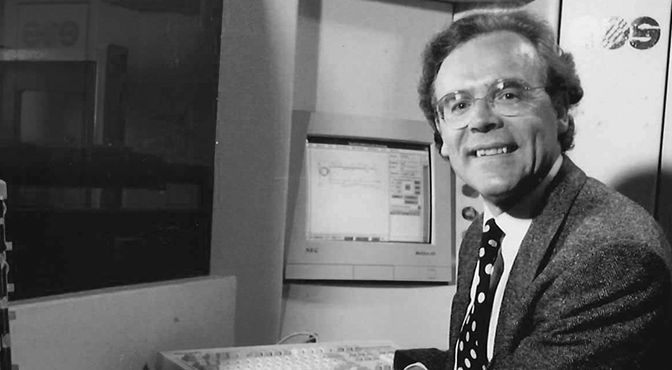There’s an excellent interview in the November 2013 issue of TCT Magazine with the founder and CEO of EOS, Dr Hans Langer. For us as researchers it’s a great look into the history of one of the pioneering AM equipment manufacturers.
One of the things we hope to do during this project is to gain a realistic perspective on how 3D printing will affect manufacturing. There’s been considerable media hype around consumer-grade 3D printing, something that Dr Langer addressed in the interview.
“Consumer 3D printing is still at the peak of the inflated expectations, whereas industrial 3D printing has already been through this and is now climbing the slope to ‘enlightenment’. Consumer technologies are very interesting because they introduce people early on to the thought processes behind layer manufacturing. In the early days a lot of our work with customers was changing their expectations and teaching them how to design for the layer-by-layer process. Nowadays more engineers are familiar with the benefits and the constraints and in future we hope this won’t be an issue for us!”
As he comments, education is an important element in gaining acceptance for a new technology, both in terms of educating customers as to the potential of the technology, as well as how to use and get the greatest benefits from the technology. The shift from rapid prototyping to direct manufacturing has also meant a need to gain production acceptance . It’s now less about the freedoms that additive manufacturing delivers and more about meeting the benchmarks set by other manufacturing technologies and then doing something extra. As EOS CMO Dr Adrian Keppler comments:
“In the past a user of an additive manufacturing system would look at the parts from their machine and say ‘this part looks nice, I can use it.’ Now they want the right material, mechanical properties and even microstructure that is available from their existing techniques with the freedom of the AM process as well. We now have to combine something known, such [as] casting, forging, milling with the characteristics only available to AM”
What we’re seeing is something that the Kano model helps explain. The design freedom that a 3D printer can provide is a delighter feature – but to be adopted in a production environment then it’s also got to be able to satisfy the basic production requirements and be comparable in terms of performance (ie throughput).
Image source: http://www.eos.info/about_eos/history

One thought on “Where’s 3D printing now?”